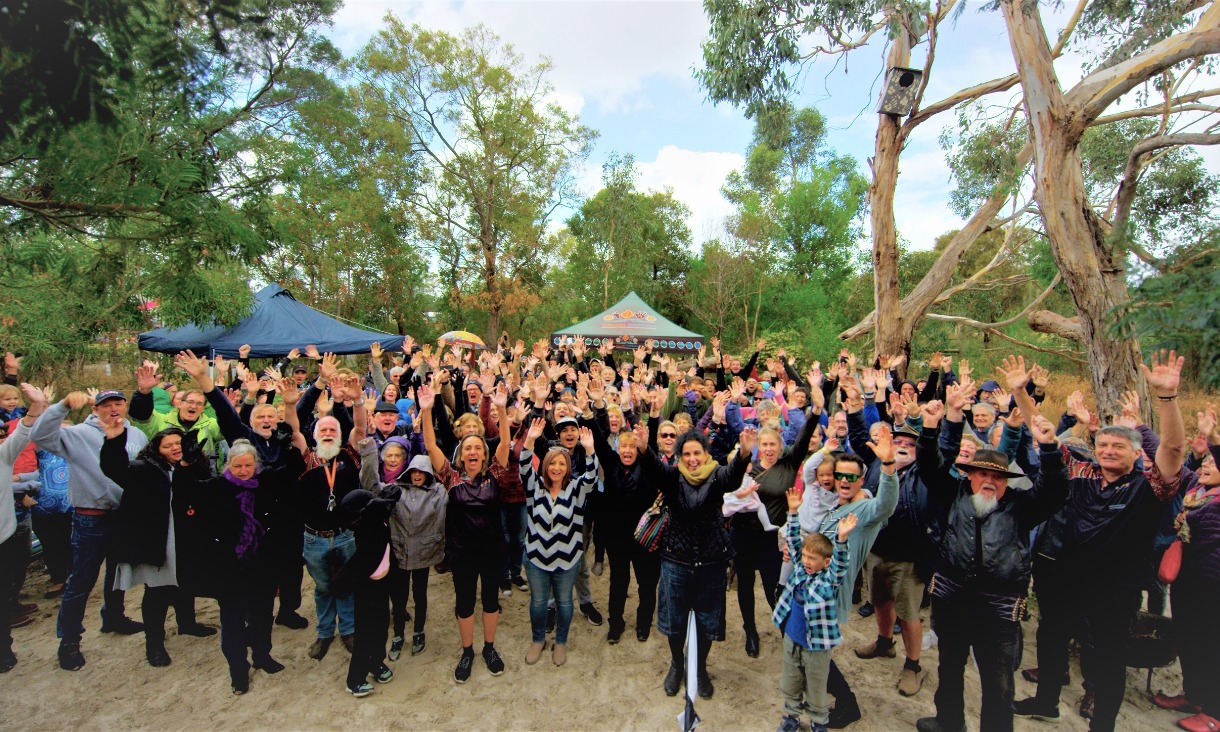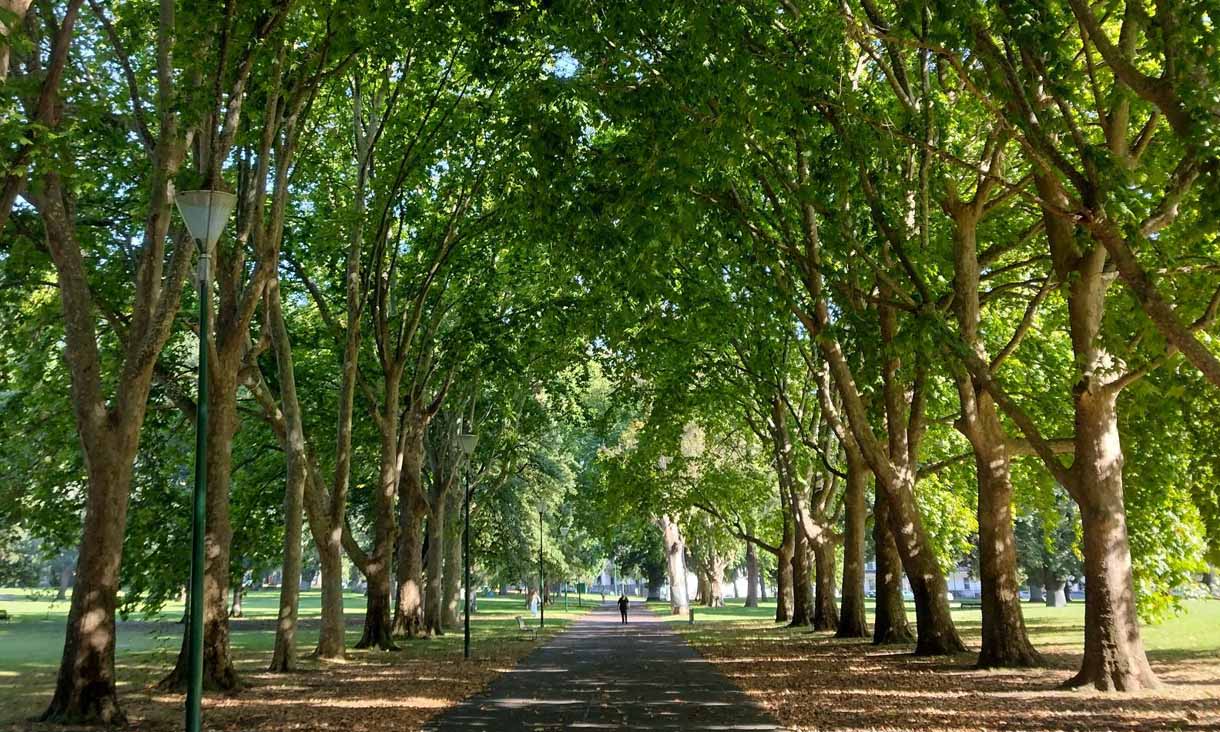From the late 80s onwards, the local Aboriginal community in Hastings, south-east of Melbourne, campaigned for a place of their own. In 2014, they got one.
Now, Willum Warrain Aboriginal Gathering Place offers a space where Aboriginal and Torres Strait Islander people can come together to explore their goals, ideas and identity.
Working with Executive Officer Peter Aldenhoven and the community, RMIT’s Professor Libby Porter set out to help document and celebrate how the Gathering Place connects cultures, communities and Country.
Through RMIT’s Seed Fund, which supports collaboration between researchers and community partners, Porter and Aldenhoven co-designed a project rooted in the values of self-determination and reflecting the aspirations of Willum Warrain.
“The Board had ethical and cultural oversight of the project, which was to record, narrate and share the Willum Warrain story,” says Porter, a researcher in the Centre for Urban Research.
“A core principle was to tell that story in and through the voices of the people of Willum Warrain and the Country itself.
“We decided to create a short film to illustrate the invaluable work the community does as a place of healing and belonging for Aboriginal and Torres Strait Islander people, and a place for reconciliation for non-Indigenous peoples.”
Located on Bunurong / Boon Wurrung country (now known as Hastings on Victoria’s Mornington Peninsula), Willum Warrain is a place of hope, healing, being and belonging.
Today, Willum Warrain boasts a community of 1200-strong. It continues to grow and encourage cultural strengthening, and provide a safe gathering place for all community members.
The project was done the proper way, said Aldenhoven, by walking together to share stories.
“We have been proud to share our stories - it helps us heal and for you to understand,” he said.
Working with Zakpage, an Aboriginal film company based in Sydney, they created a film that evokes the place and spirit of Willum Warrain.







